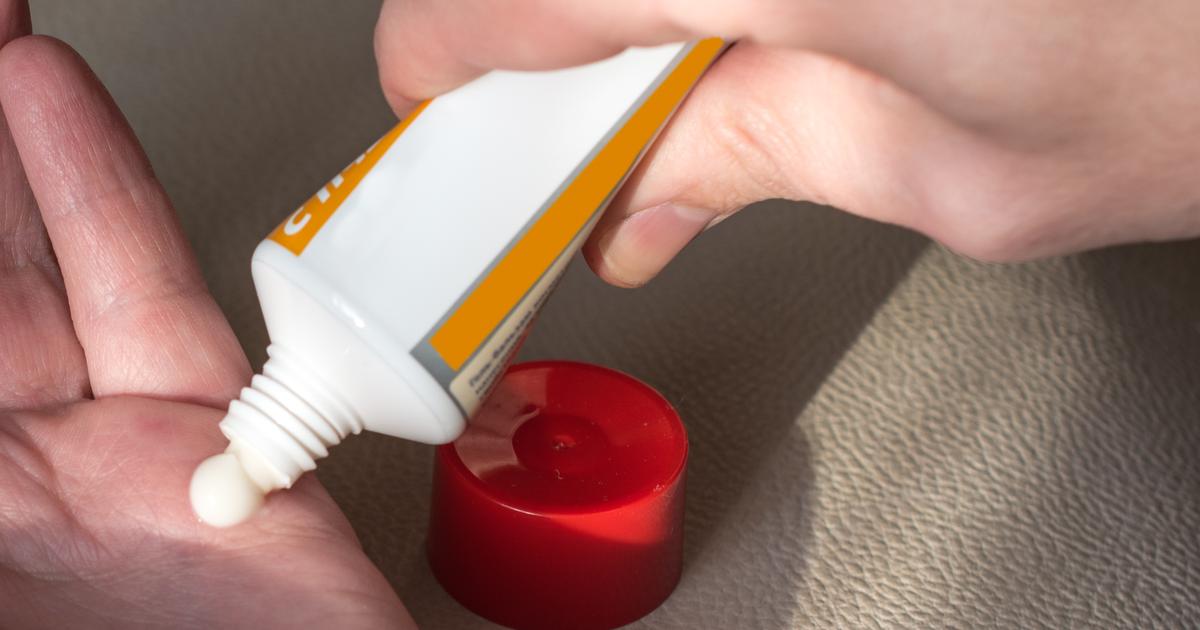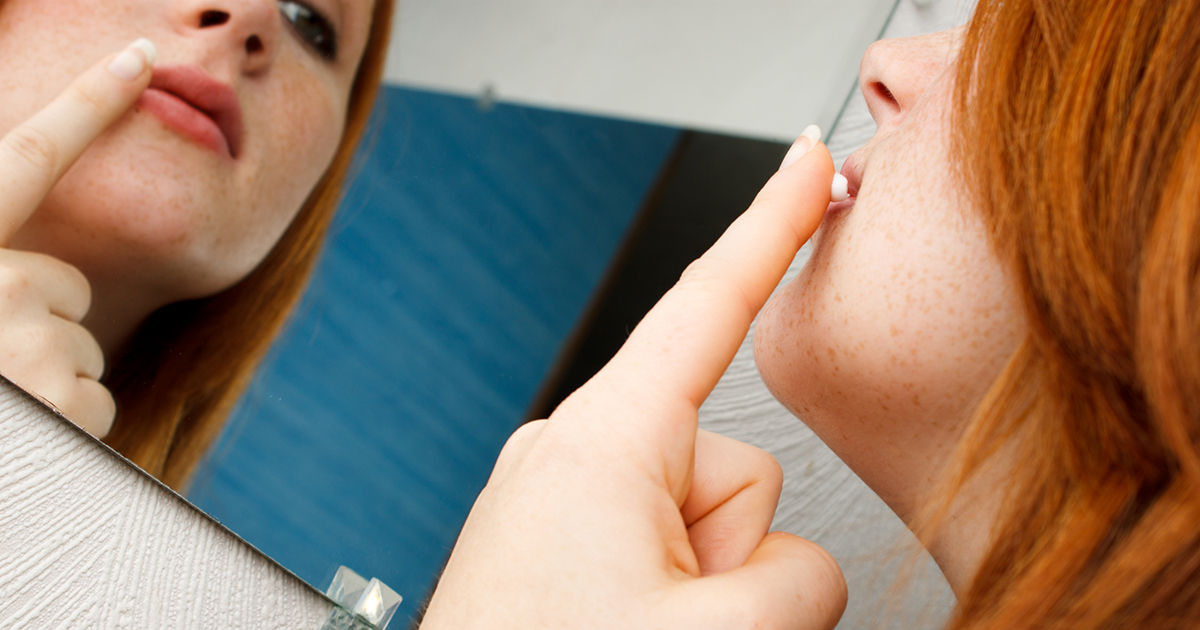Guide To Angular Cheilitis Treatment
Angular cheilitis, also known as angular stomatitis, refers to a localized inflammation at the corners of the mouth. Either one or both corners of the mouth may be affected. Symptoms of the condition typically include crusting and cracking at the corners of the mouth, redness, skin breakdown, pain, and itching. Some patients may have angular cheilitis for days; for others, it can persist for years. Allergies, skin irritation, and infections are common causes of angular cheilitis. Primary care physicians and dermatologists can treat the condition effectively. Individuals who wear braces and other orthodontic appliances may be at an elevated risk of angular cheilitis, as are smokers and individuals with sensitive skin. In some cases, underlying health conditions such as diabetes and anemia are associated with this condition.
The treatment options described below are often beneficial in the treatment of angular cheilitis.
Filler Injections

Filler injections can be useful in reducing the size and depth of the creases at the corners of the mouth. Smaller and flatter creases may cause less pain and have less crusting and redness. Patients who have fillers may also notice a reduction in itching. The fillers used are generally the same as those commonly used for anti-aging treatments. Patients interested in having fillers for angular cheilitis should consult a dermatologist. Fillers are given with a very fine needle, dermatologists are experienced in administering injections in the lip area. A dermatologist will be able to advise the patient as to whether fillers may be appropriate in their individual case. they will also recommend the most beneficial filler for the patient's needs, and the risks and potential side effects will be thoroughly explained in advance of any treatment. Depending on the severity of the patient's symptoms, a combination of several types of filler injections may be needed, and multiple treatment sessions may be required.
Continue reading for more on how to treat angular cheilitis now.
Dietary Changes Or Supplements

Dietary changes or supplements may be helpful in managing the symptoms of angular cheilitis. For example, reducing citrus fruits and other acidic foods in the diet can lead to a reduction in pain and skin irritation. Patients may wish to avoid tomatoes, alcohol, and peppermint in particular. Patients who notice they are experiencing increased irritation may wish to keep a food diary to determine which foods may be potentially aggravating their symptoms. Nutritional supplements are especially helpful for patients whose angular cheilitis is the result of an underlying health condition such as anemia. These patients may need iron supplements. Before taking any vitamins or other nutritional supplements for angular cheilitis, patients may need to have extra testing, including blood tests. This way, doctors will be able to recommend any specific supplements the patient needs, saving time and money.
Learn more about treating angular cheilitis effectively now.
Topical Antifungals Or Antibiotics

Dermatologists may prescribe topical antifungals or antibiotics for patients with angular cheilitis. Before prescribing either of these, the doctor will take a swab from the corner of the patient's mouth, and this will be cultured in a laboratory. From the results of this test, the doctor will be able to determine whether angular cheilitis is caused by bacteria or by a fungus like yeast. Antibiotics will be prescribed to alleviate bacterial causes of angular cheilitis, and these may be used topically or taken orally. Topical antifungal medication is given for cases caused by yeast or other fungi. Mupirocin and fusidic acid are two examples of topical antibacterial medications used for this condition, and the topical antifungals clotrimazole, nystatin, miconazole are particularly helpful for this form of angular cheilitis too. While taking these medications, patients will have regular follow-up appointments with their dermatologist to monitor their progress. If a particular topical treatment does not provide enough symptom relief, patients should speak to their healthcare provider about the possibility of switching to a different medication. In addition to the use of topical medications, dermatologists may recommend some patients apply petroleum jelly to the corners of the mouth and use lip balm for extra protection. However, patients should check with their doctor before using petroleum jelly, as it may interact with certain topical treatments.
Get the details on more ways to treat angular cheilitis now.
Topical Antiseptics

Topical antiseptics help patients keep the open sores and wounds at the edges of their mouth clean, reducing the risk of infection. Iodine, betadine, hydrogen peroxide, and saline solution are examples of common antiseptics. While many of these are available over-the-counter, patients should always consult their physician before using any of these on their wounds. Some types of antiseptics may cause more irritation than others, and they may slow down healing, particularly if they are applied incorrectly or for too long. Topical antiseptics are usually in liquid form, and patients can apply them to the skin with a cotton ball. Wounds may not need to be cleaned every day; for example, doctors sometimes recommend only cleaning the wound every other day or as little as once a week. How often a topical antiseptic is needed also depends on the particular stage of healing of the wound. Wounds that are nearly healed may need less frequent use of antiseptics. Patients should follow their healthcare provider's suggestions for the type of antiseptic and for how often to apply it. If patients notice any unusual changes in their wounds after using a particular antiseptic, they should consult their dermatologist for advice.
Discover additional treatments for angular cheilitis now.
Steroid Ointments

Steroid ointments can reduce the inflammation and itching associated with this condition. Hydrocortisone is a popular example of a steroid ointment, and it is available over-the-counter, though dermatologists can prescribe stronger steroid creams as well. In general, doctors recommend using these creams only for a short period. Long-term use may cause stretch marks in some patients, and the ointments may also lead to a thinning of the skin around the affected site. This thinning can cause spider veins, and veins underneath the skin may become more prominent than usual. In most cases, the skin will return to a normal thickness after steroid creams have been discontinued for several months. Patients who have been prescribed a steroid ointment should use it only as directed, and any concerns should be reported to a healthcare provider.